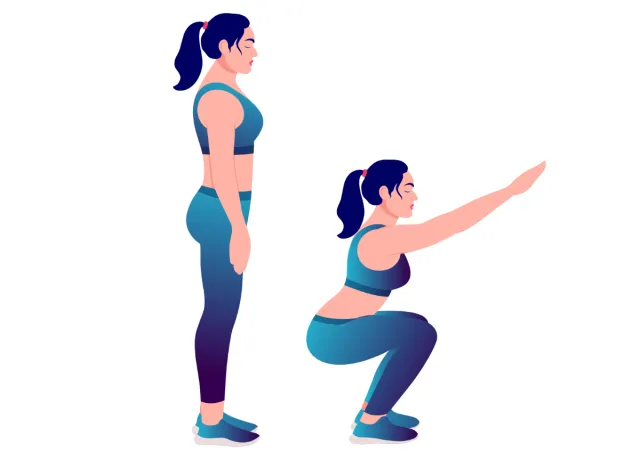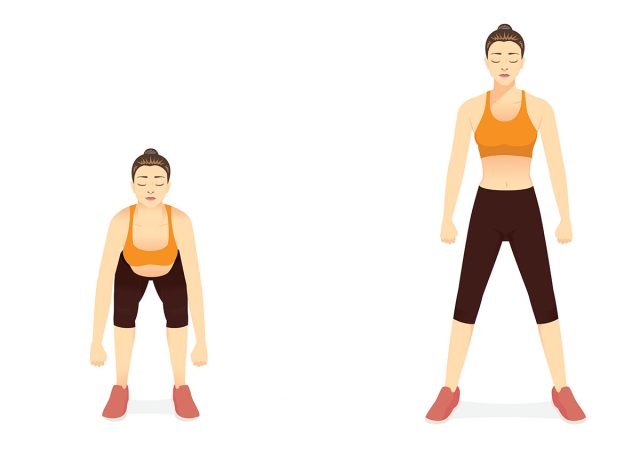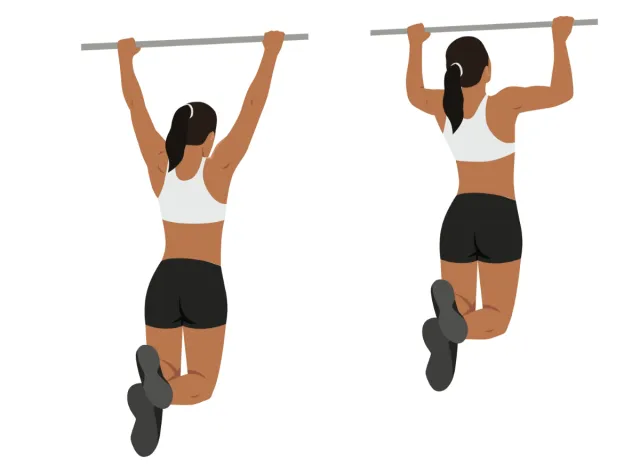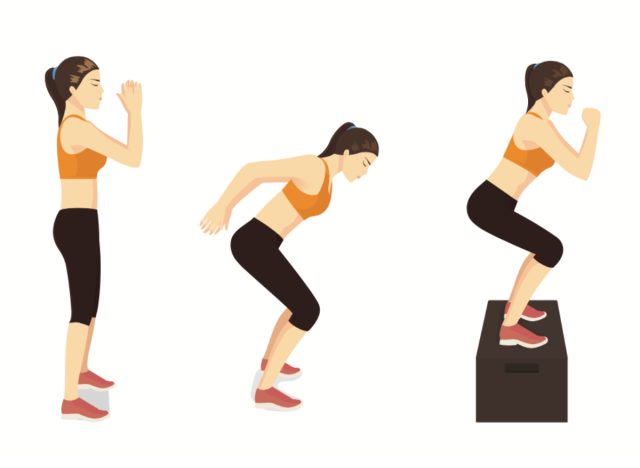If You Can Do These 5 Moves at 50, You’re Fitter Than Most People Your Age

Hitting 50 isn’t a decline; it’s a checkpoint. By this stage in life, strength becomes more than just muscle. It’s your insurance policy for independence, mobility, and living pain-free. It keeps your bones dense, your joints stable, and your body ready for everything from picking up grandkids to crushing a hike on the weekend. If you can do these five foundational moves, you’re not just hanging on, you’re thriving.
But if you can’t do them yet, don’t panic. Strength isn’t reserved for the genetically gifted or those who’ve trained their whole lives. It’s earned through consistency, effort, and starting wherever you are right now. Every rep is a vote for your future self. And it’s never too late to cast one.
Ahead, we’ll break down the five essential movements that signal you’re stronger than most at 50—plus step-by-step instructions, benefits, and how to improve if you’re not quite there yet.
Move #1: Squats to Parallel

Why It Matters
Being able to perform a squat to parallel is a sign of preserving hip mobility, knee integrity, and total-body coordination. At 50, this movement tells you a lot: your quads, glutes, and hamstrings are still firing efficiently, and your joints are moving through a complete, functional range of motion. It’s a blueprint for injury prevention and a gold standard for lower-body independence.
How to Do It
- Stand with your feet shoulder-width apart and toes pointed slightly outward.
- Engage your core and keep your chest tall.
- Push your hips back like you’re sitting into a chair.
- Bend your knees and lower your body until your thighs are parallel to the floor.
- Drive through your heels to return to a standing position.
How to Improve
- Perform slow tempo squats (3 seconds down, 1 second pause, 1 second up).
- Add chair or box squats for support and control.
- Strengthen glutes and quads with step-ups or resistance band work.
Move #2: Bodyweight Deadlift

Why It Matters
Lifting your body weight is a crucial factor in achieving and maintaining independence. A proper deadlift mimics these everyday moves and proves you have a strong posterior chain, including hamstrings, glutes, and lower back. At 50, that’s non-negotiable for spinal health and overall power.
How to Do It
- Stand with your feet hip-width apart and a slight bend in your knees.
- Hinge at your hips by pushing your butt backward.
- Keep your back flat and chest up as you reach toward the ground.
- Lower until your hands reach mid-shin or just before your lower back begins to round.
- Squeeze your glutes and drive your hips forward to return to a standing position.
How to Improve
- Practice hip hinges with a dowel along your spine.
- Strengthen your hamstrings with glute bridges or kettlebell deadlifts.
- Work on mobility in the hamstrings and ankles with dynamic stretching.
Move #3: Hold a Plank for 60 Seconds

Why It Matters
Core strength provides spinal support, balance, and helps prevent injuries. A strong plank holds your body in alignment under tension, engaging everything from your abs and obliques to your shoulders and glutes. At 50, a 60-second plank is a sign that your midline stability is still rock-solid.
How to Do It
- Start in a forearm plank position with elbows under your shoulders.
- Extend your legs straight behind you and squeeze your glutes.
- Keep your body in a straight line from head to heels.
- Engage your core and avoid letting your hips sag or rise.
- Hold the position and breathe steadily throughout.
How to Improve
- Begin with shorter holds and gradually increase duration.
- Add plank variations (e.g., planks with shoulder taps or side planks) to your routine.
- Incorporate anti-rotation exercises, such as bird dogs, dead bugs, and pallof holds.
Move #4: Perform a Pull-Up

Why It Matters
The pull-up is the ultimate test of upper-body strength. If you can do just one full pull-up at 50, you’ve built a rare combination of grip strength, scapular control, and back muscle engagement. It also signals lean body mass and solid shoulder health, both huge markers for aging well.
How to Do It
- Grab the pull-up bar with an overhand grip, slightly wider than shoulder-width.
- Hang with arms fully extended and engage your core.
- Pull your chest toward the bar by squeezing your shoulder blades together.
- Keep your elbows down and drive them toward your ribs.
- Lower yourself slowly with control to a full hang.
How to Improve
- Start with band-assisted pull-ups or inverted rows.
- Strengthen your grip with farmer’s carries and dead hangs.
- Train eccentric pull-ups (jump up, lower down slowly).
Move #5: Perform a 12″+ Box Jump

Why It Matters
Explosiveness tends to fade as we age, unless we train it. A 12-inch box jump at 50 means your fast-twitch muscle fibers are alive and well, and your lower body can still generate force quickly. This translates to improved reflexes, enhanced fall prevention, and increased athletic longevity.
How to Do It
- Stand in front of a sturdy box or platform about knee height.
- Lower into a quarter squat with your arms behind you.
- Swing your arms forward and explode upward.
- Land softly on the box with both feet flat and knees bent.
- Stand tall, then step down one foot at a time.
How to Improve
- Begin with tuck jumps or jump squats.
- Focus on soft landings and joint control.
- Add drop jumps to build reactive strength.